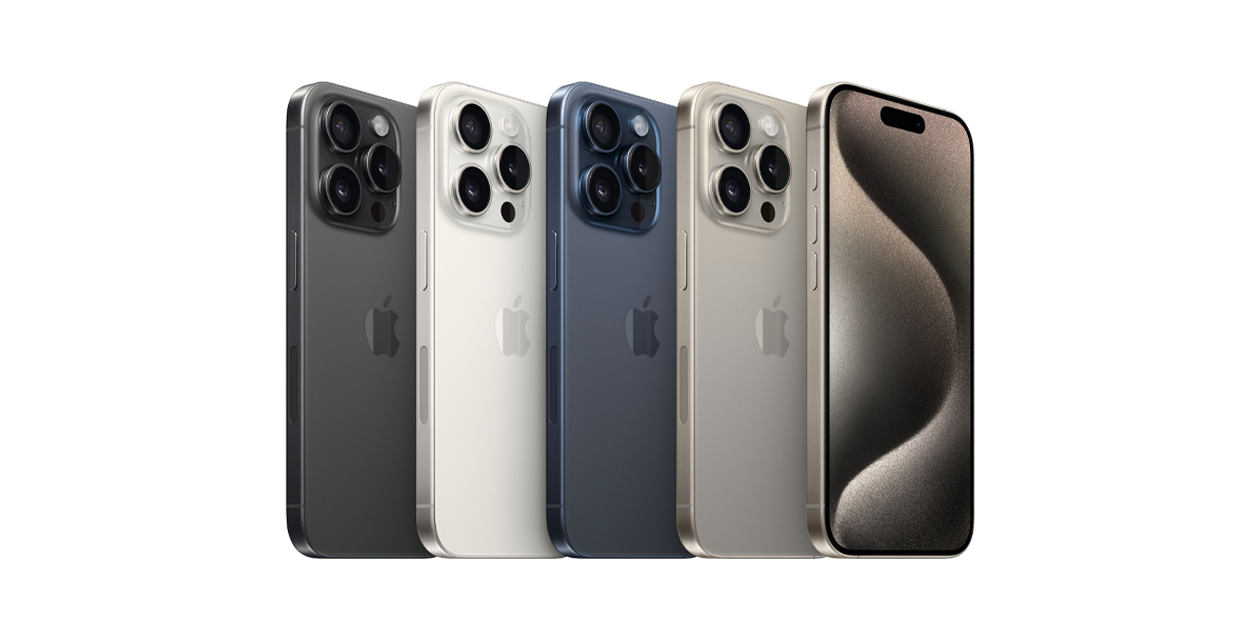The new iPhone announcements were all the rage in early September. Now that the dust has settled, it’s time to figure out if you’ll be getting an iPhone 14 device or not. There are plenty of factors to consider, but we know many of you are trying to figure out what the lack of a physical SIM card slot is all about. Let’s tell you all about the topic!
One of the most shocking announcements at Apple’s event was the removal of physical SIM cards in the iPhone 14 series. We are very used to simply swapping SIM cards around whenever we wanted to switch phones. It was a thoughtless process, and a very effective one, too. Well, the times of SIM swapping are gone. At least in the Apple world, but we suspect this might also start becoming a trend in the Android ecosystem.
eSIM technology seems new and fancy, but is there anything that makes it better? There are a few things that make it a better alternative. For starters, physical SIMs create more trash. These plastic modules need to be replaced from time to time, as well as whenever you switch carriers. Additionally, you might need to change SIMs whenever a new technology is introduced, such as 5G. This means eSIM tech is better for the environment!
Additionally, eSIMs are enticing to people who want a certain level of freedom for switching between carriers. You don’t need to wait around for an eSIM, so you can always just switch carriers with a few taps, and activate an account online. You could even test one network without leaving your current one, then decide if you want to switch or not. Imagine if competing carriers started offering trials, to see how good coverage and service are in your area! Now, that’s a neat idea.
Another inconvenience about eSIM technology is that it may sometimes require more help from your carrier. You’ll save the time it takes to get a SIM card, but switching phones can be a bit more complicated and you might have to call them up. Say you break an iPhone. Using a physical SIM card, all you had to do was pull it out of the broken iPhone and stick it into the new one. This is not the case with an eSIM.
Only USA iPhone 14 devices will omit the physical SIM card slot, and most carriers in said country support this technology. This means most Americans might not see much of a difference in terms of day-to-day use. After a bit of a wonky activation experience, users will enjoy the same iOS and service experience they know and love.
The only real issue we can see arising is the inconvenience eSIM tech might bring to travelers. Many countries have little to no eSIM support, and a physical SIM will no longer be an option for traveling US citizens. Of course, the same applies to frequent phone buyers, who might want to conveniently swap SIM cards at will.
This content was originally published here.






Recent Comments